Prinz Gholam – There are Eyes
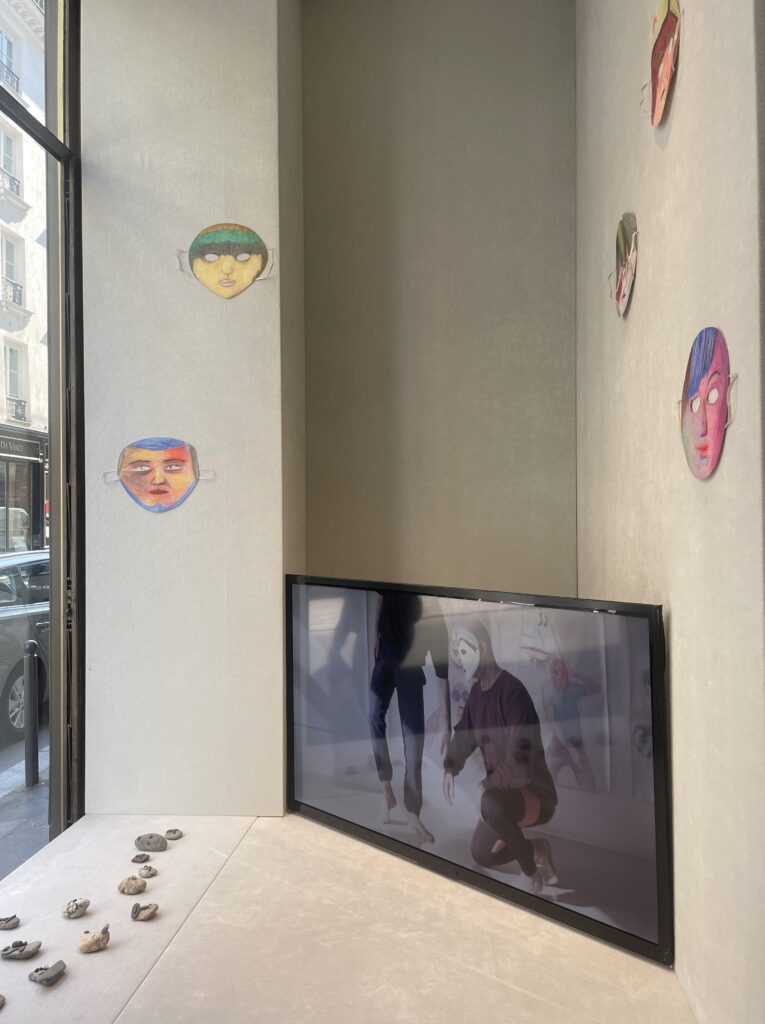
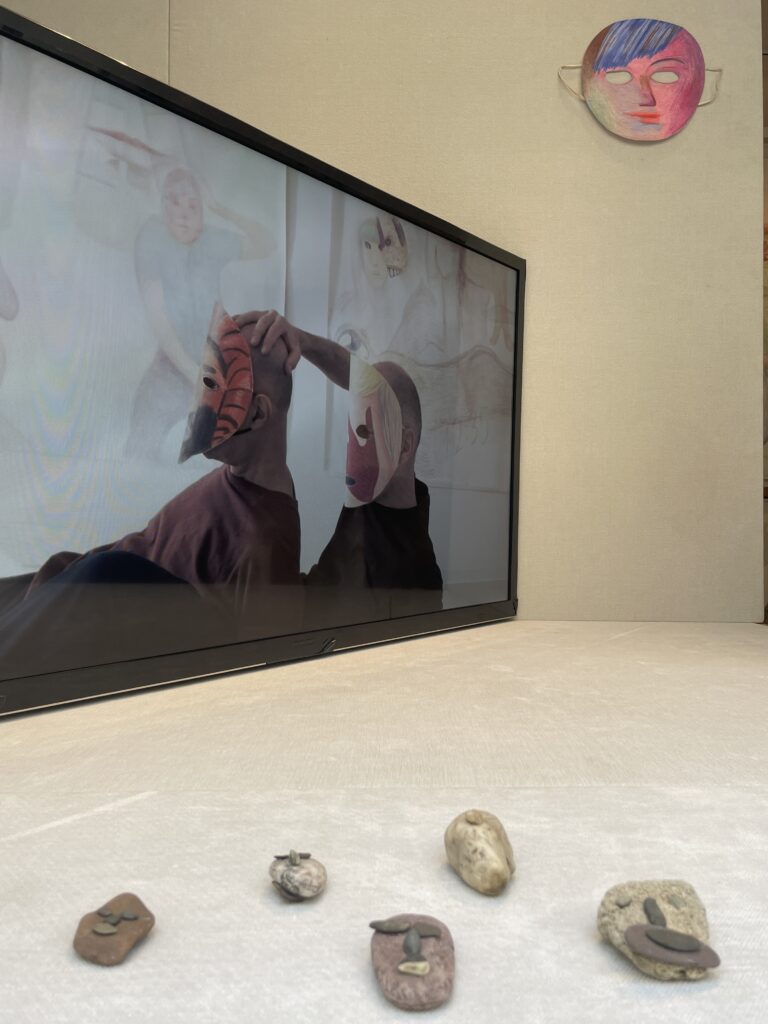
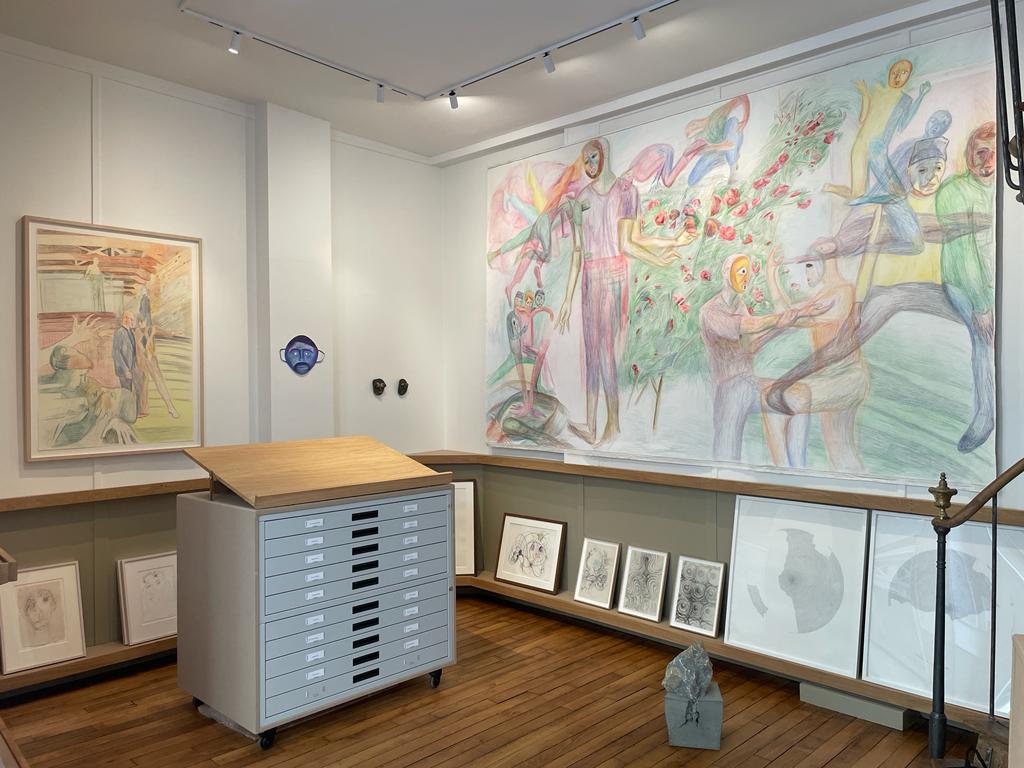
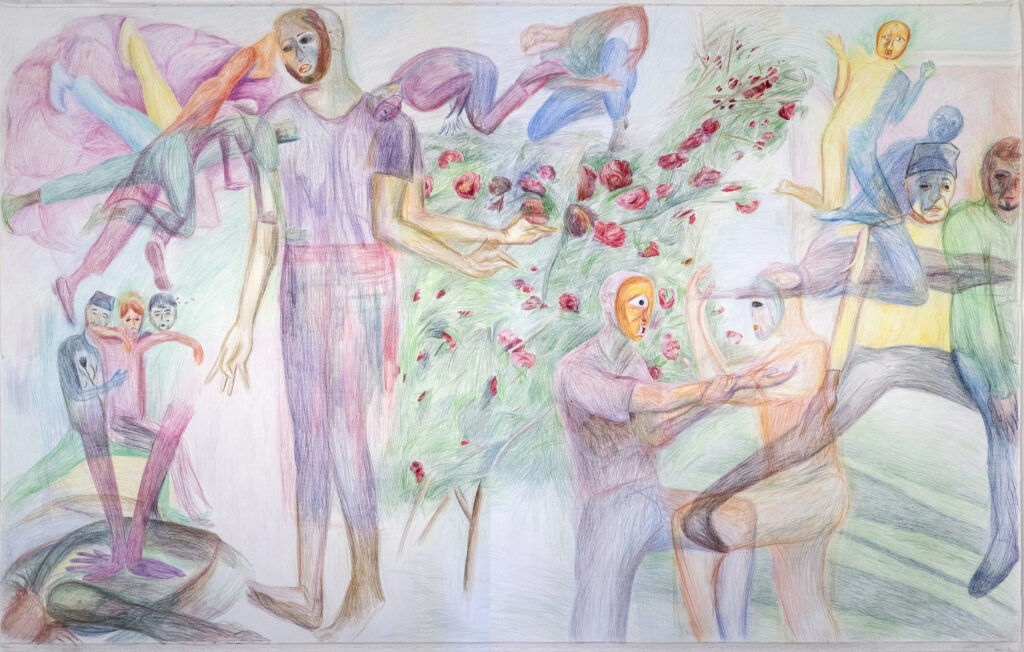
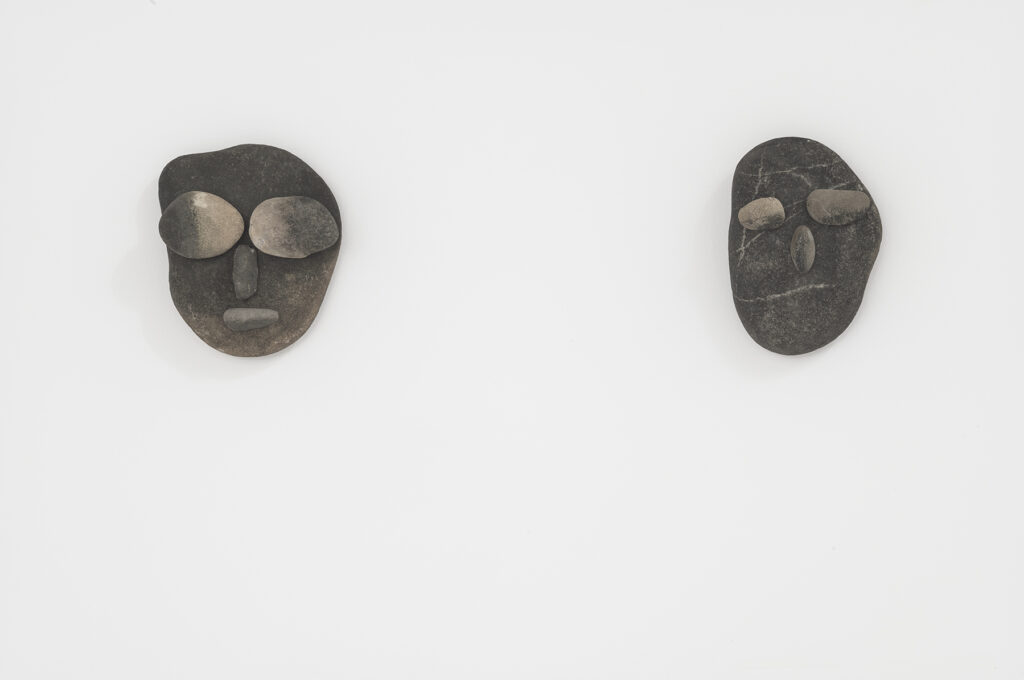
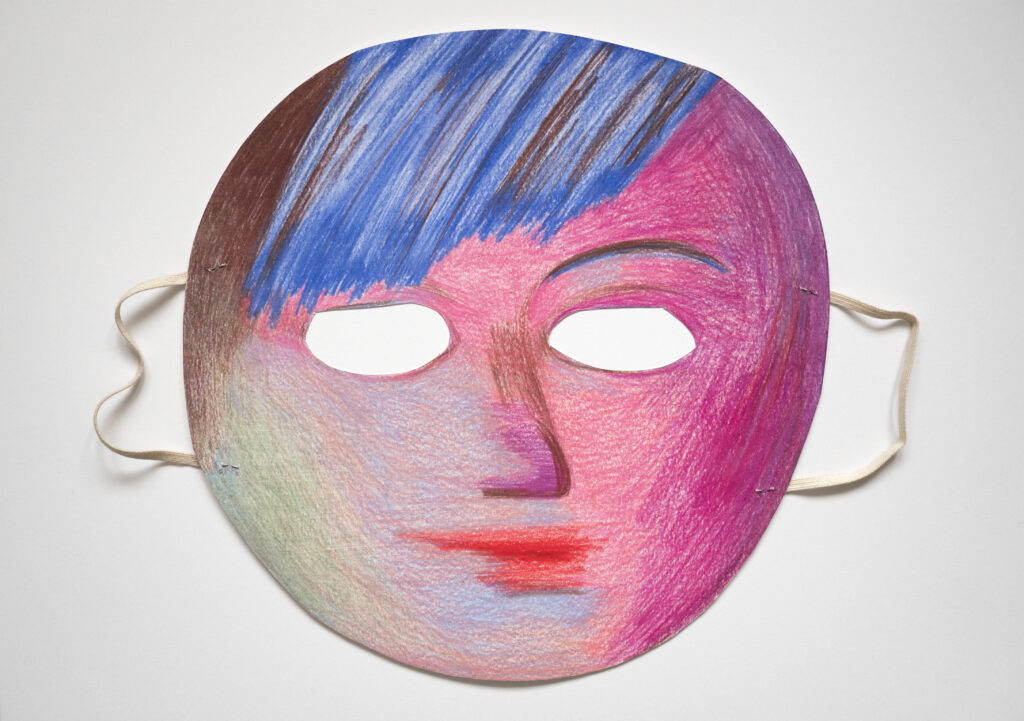
Formed by Wolgang Prinz (born in 1969) and Michel Gholam (born in 1963), the Prinz Gholam duo has developed a performance practice over the last 20 years in which the two artists use their bodies to reinterpret a wide range of cultural references, from ancient painting to sculpture, contemporary art, cinema and media images. The two men internalise and embody these cultural stereotypes through precise choreographies in which they execute a succession of carefully chosen poses, moving like living sculptures.
Slow and fluid, giving a sense of the passage of time, their gestures make no attempt to approach the aestheticism of a danced choreography. In their alternation between movement and pose, the bodies of the two artists become less the vehicle of an emotion than of a story, that of the representation of the body. By reinterpreting the images that make up this story, the duo show how our bodies and gestures – and with them our identity – are shaped by the assimilation of a dominant cultural canon.
Each of Prinz Gholam’s performances is accompanied by an intense process of creating visual material and performative elements (videos, photographs, objects, installations), in which the practice of drawing now occupies an important place. The two artists see drawing as a field of experimentation in which they can spontaneously imagine and project the gestures, postures and props that will form part of their choreography, and the way in which they will relate to each other. Using large-format coloured pencil drawings, they create a multitude of figures, some of which evolve in a representation of the very space in which the performance will take place. It’s a constellation of bodies at liberty, announcing the tone of the performance and foreshadowing, through the images, the process of reinterpreting history.
For this new exhibition entitled There are Eyes, Abraham & Wolff is pleased to present large-scale drawings made for two performances, L’esprit de notre temps (Mattatoio, Rome, 2021) and Similitude (Punta della Dogana, Venice, 2018), as well as a series of paper masks and faces made from stone assemblages that bear witness to their multidisciplinary practice. Masks, historically and symbolically charged objects, have recently appeared in Prinz Gholam’s work, accentuating the hieratic and theatrical nature of their choreographies while at the same time deepening their reflection on identity. This research seems to be echoed by the groups of faces that the artists have been making using stone gleaned from the four corners of the world over the last few years. The video projection of several extracts from these performances gives visitors an insight into the complex relationship between these different elements.
